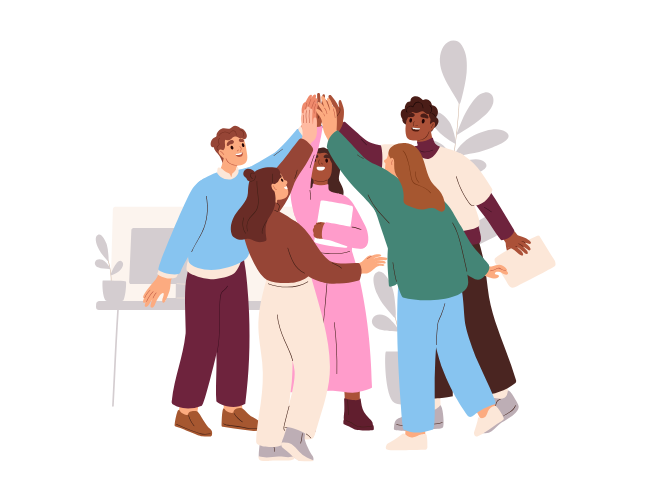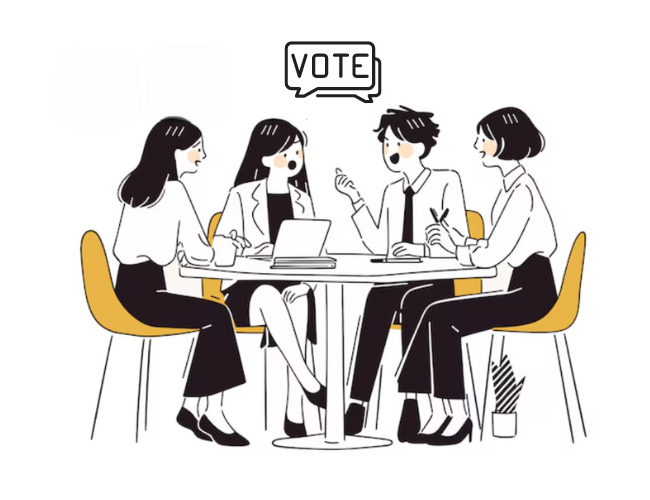With advancements in communication technology, remote work is becoming increasingly popular. This flexible option benefits workers and companies alike. Employees can enjoy a better work-life balance, while working parents can coordinate tasks around family events and childcare. Additionally, companies may spend less on infrastructure or office resources, as well as attract talent from a wider range of candidates.
However, the workplace has traditionally been a common location for meeting and developing friendships that extend beyond job interactions. How does this popular trend affect an employee’s social life?
Recently, a study investigated how working remotely affects social experience. Over the course of 18 months, researchers interviewed and surveyed individuals that worked remotely for the majority of their jobs—at least 50% of the time. They also assessed their interactions in-person, when such meetings occurred. Not surprisingly, the results reveal that working virtually can create barriers between employees.
Encouragingly, the assessment also brought to light how virtual workers overcome this challenge. When remote workers feel “cadence” with a coworker, researchers described, “they understand who that person is and can predict how they will interact with them.”
In the survey, individuals that experienced a work-related cadence with a coworker—such as responding to emails in a timely manner or possessing helpful skills—were likely to initiate more interaction with that person. Work-related cadence would then sometimes extend into a friendship-related cadence, based on whether or not they felt a personal connection or if they thought a friendship could affect their jobs.
Ultimately, cadence between coworkers often led to social interactions like conversations about weekend plans, support during an illness or difficult time, and social media connections.
Setting the Stage For Social Well-Being
A healthy social life promotes stress relief and better mental health. It makes people feel like they belong and are understood and respected. In a professional setting, these healthy relationships can open up clear communication, encourage constructive dialogue, and support team efforts. Research even shows that having work friends improves job engagement and performance.
As employers, it may seem like a difficult aspect to influence—particularly with off-site staff. However, there are ways to establish an environment where workers, virtual and otherwise, feel cadence with their colleagues.
When workers are on a conference call, for example, managers can set the stage by spending the opening minutes asking a non-work-related “icebreaker” or allowing extra time on the call before or after for any informal conversations. Employees can also hold “office hours” when out-of-town staff visit in order to set aside time for more interactions. These unstructured opportunities make it possible for interactions to naturally occur, without putting pressure on anyone.
Employers can also make an effort to welcome new hires with enthusiasm. Taking the time to get to know a new employee by asking them a few fun questions about their life and hobbies can open connections with colleagues who share similar interests. Being open and proactive about understanding work preferences, such as a best time of day or method to get in touch, and ensuring that job expectations are clearly laid out from the beginning also facilitate work-related cadence.
Some companies, particularly startups where the majority of staff works virtually, host regular retreats once or more throughout the year. This can be an amazing opportunity for people to socialize between tasks and meetings and focus more on getting to know one another and improving relationships. These get-togethers can also be incredibly motivating, getting workers inspired about the company’s vision and goals.
Despite physical isolation, cadence can help establish feelings of fellowship. By fostering positive social interactions, companies can both support employees’ holistic well-being and reap the economic benefits of a happier, more reliable, and better-performing staff.












